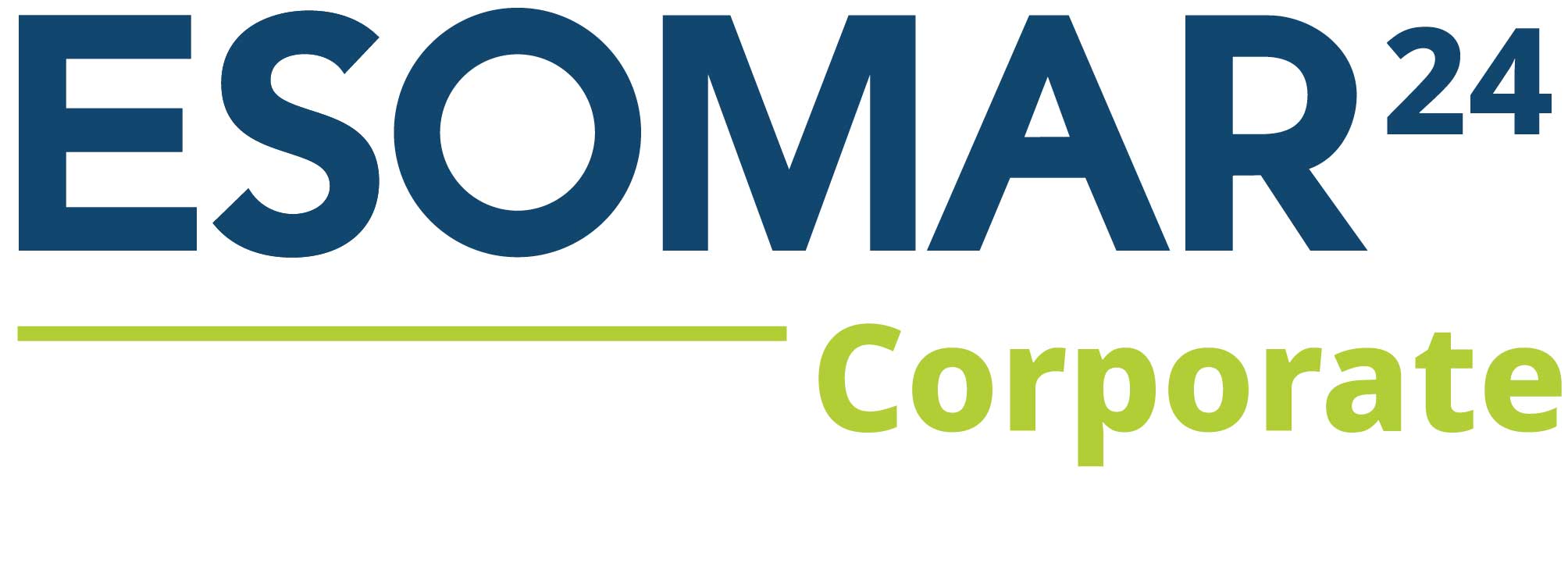Everything you need to know about Transcreation
28th May 2024
Transcreation, often called creative translation or cultural adaptation, is specialised translation that goes beyond mere linguistic accuracy to convey the intended message with cultural relevance and impact.
Transcreation involves adapting a message from one language to another while preserving its meaning, tone, style and cultural context. Unlike traditional translation, which focuses primarily on the linguistic equivalence, transcreation emphasises capturing the essence and emotional resonance of the original message, even if it means deviating from the source text to better resonate with the target audience.
When to use transcreation
Transcreation is commonly used in marketing, advertising, branding and creative content where cultural nuances, emotional appeal and brand identity are paramount. Its primary goal is to evoke the same emotional response and engagement in the target audience as the original message intended in the source language.
The process of transcreation
The transcreation process typically begins with a thorough understanding of the source text, its intended audience and the cultural context in which it was created.
Transcreators, often bilingual and bicultural professionals with expertise in both the source and target cultures, creatively adapt the message to resonate with the target audience’s cultural sensibilities, preferences and linguistic nuances. This may involve rewriting, reimagining, or even entirely recreating the content to ensure cultural relevance and effectiveness.
Transcreation involves balancing linguistic accuracy with creative adaptation. It may entail rephrasing, rebranding, or redesigning original content elements, including slogans, taglines, visuals, and cultural references, to align with the target audience’s cultural norms, values and preferences.
The tone, style, humour, symbolism and imagery used in the transcreated content are carefully crafted to evoke the desired emotional response and resonance with the target audience.
Key differences from translation
While translation focuses on accuracy and conveying the exact meaning, transcreation prioritises cultural adaptation. Transcreators might rewrite sentences, swap references, or even craft entirely new content to fit the target audience’s sensibilities and cultural context.
Transcreation challenges
Transcreation presents unique challenges, including navigating linguistic, cultural and creative complexities.
Transcreators must possess a deep understanding of both the source and target cultures, exceptional creativity, linguistic proficiency and cultural sensitivity. They must also strike a delicate balance between fidelity to the original message and adaptability to cultural nuances and linguistic constraints.
Examples of transcreation
Transcreation is commonly employed in global marketing campaigns, product branding, advertising slogans and creative content for diverse cultural audiences.
For example, Coca-Cola’s “Share a Coke” campaign successfully transcreated its branding by personalising product labels with popular names in different languages and cultures, resonating with consumers worldwide.
Summary
Transcreation is a specialised form of translation that prioritises cultural relevance, emotional resonance and creative adaptation to effectively engage target audiences across linguistic and cultural boundaries.
By combining linguistic proficiency with cultural insight and creative flair, transcreation bridges the gap between languages and cultures, enabling brands and creators to connect with audiences on a deeper, more meaningful level.
